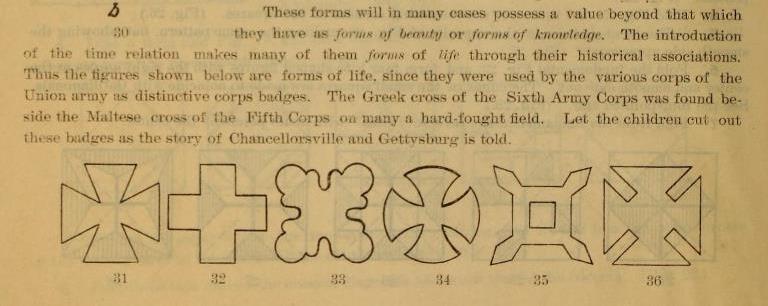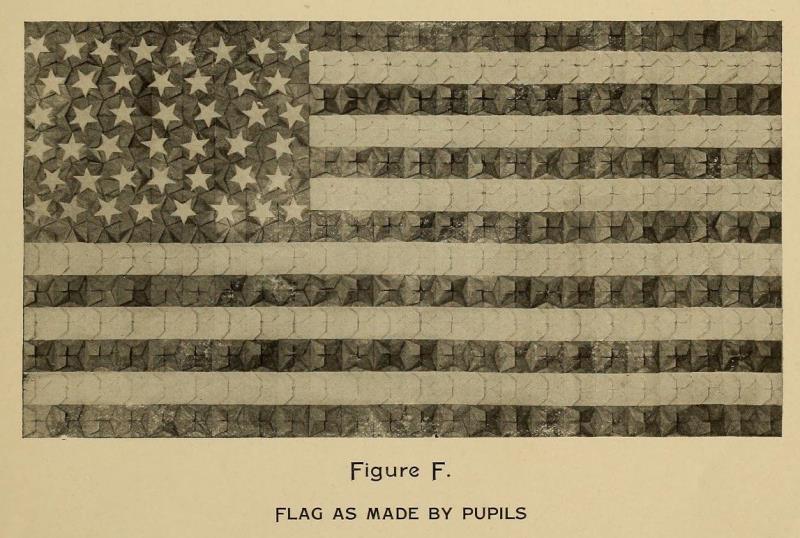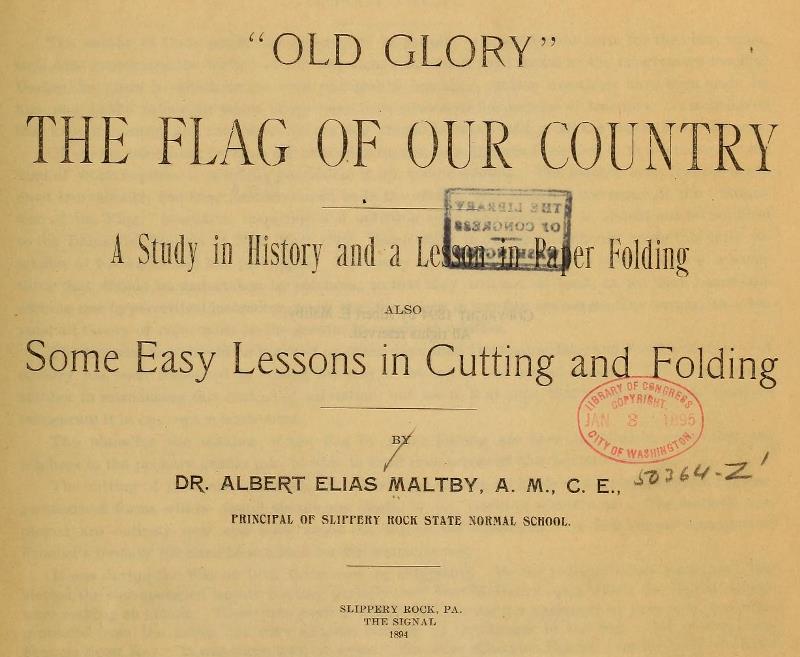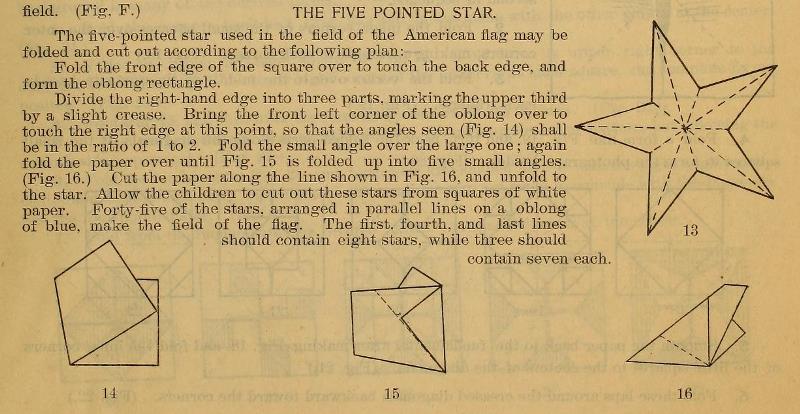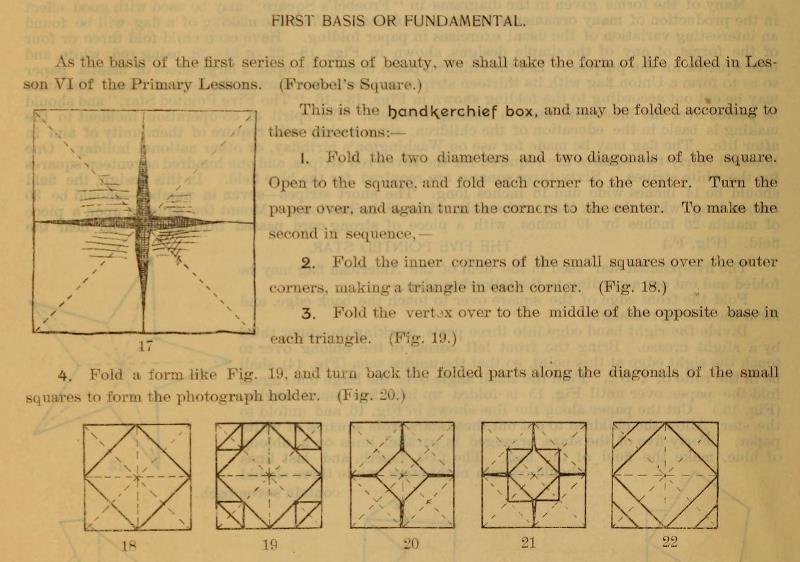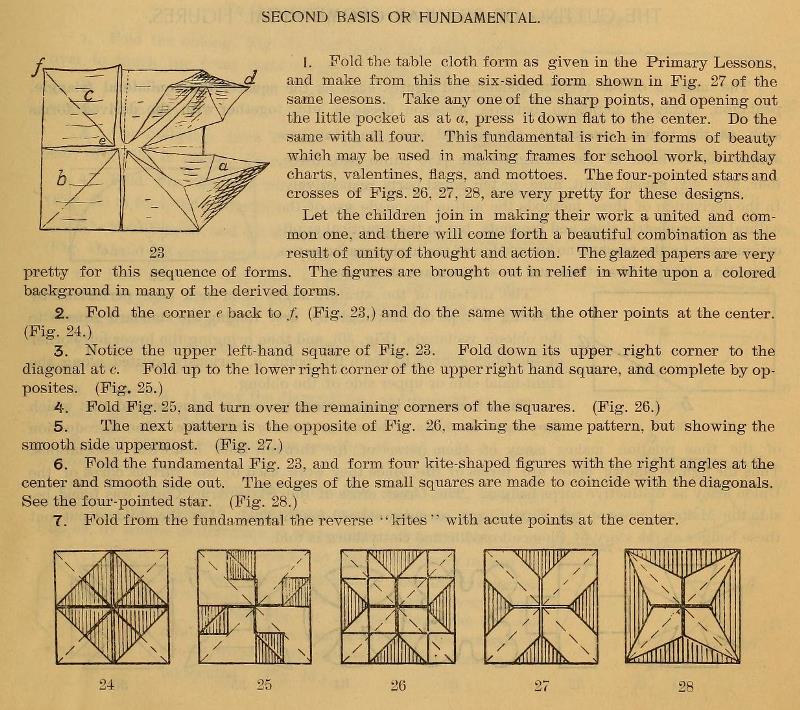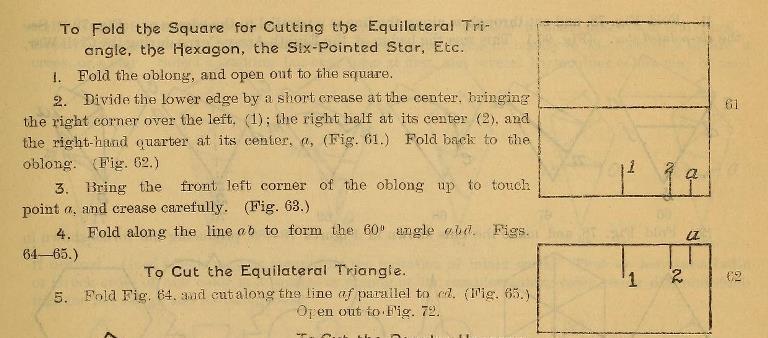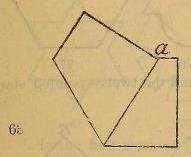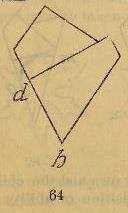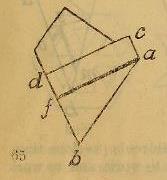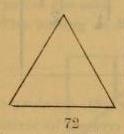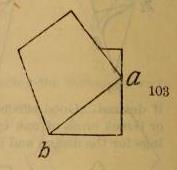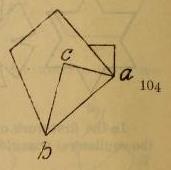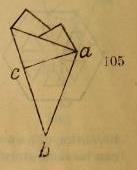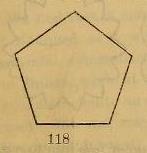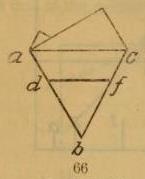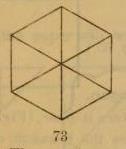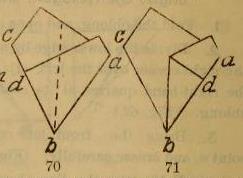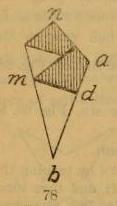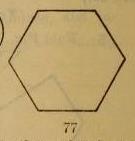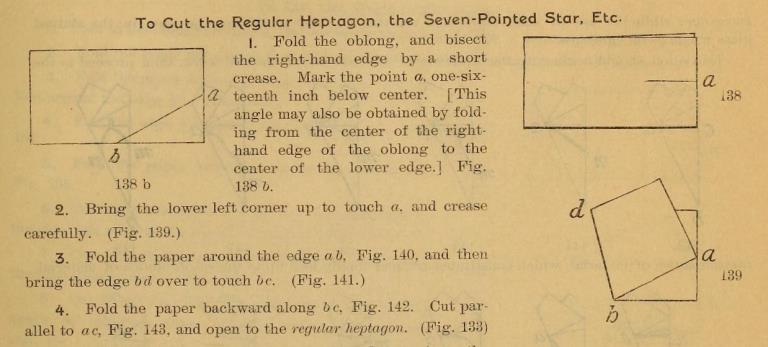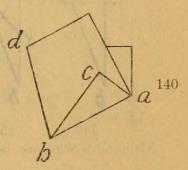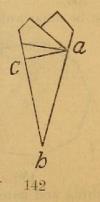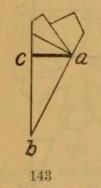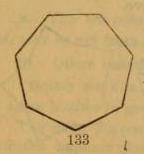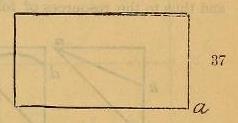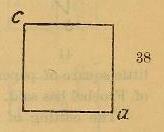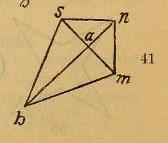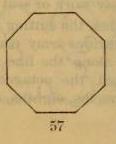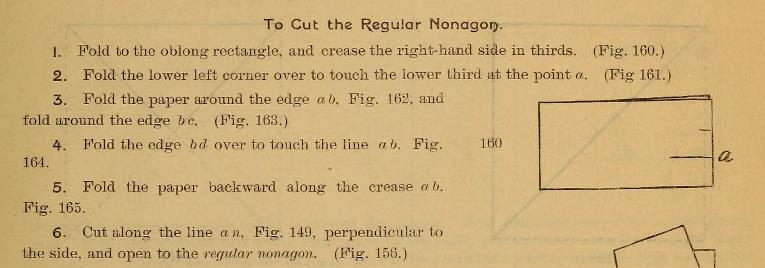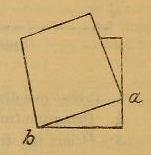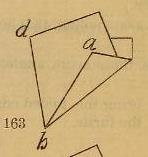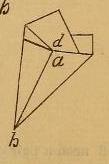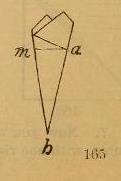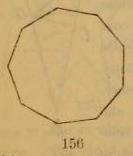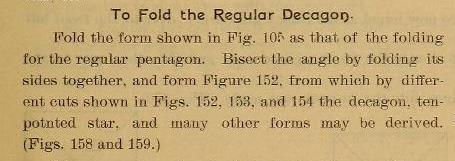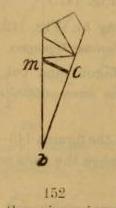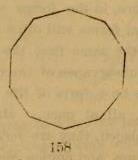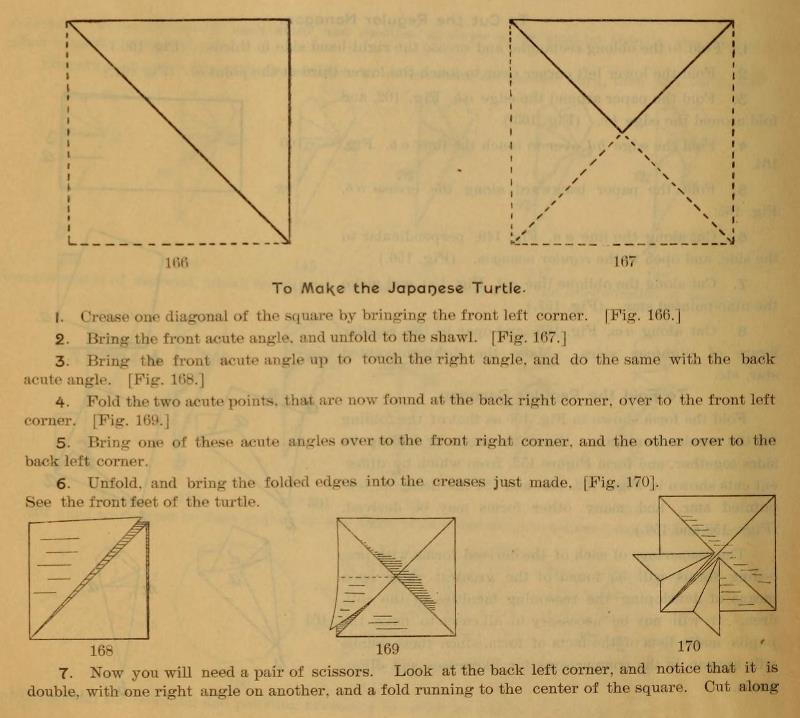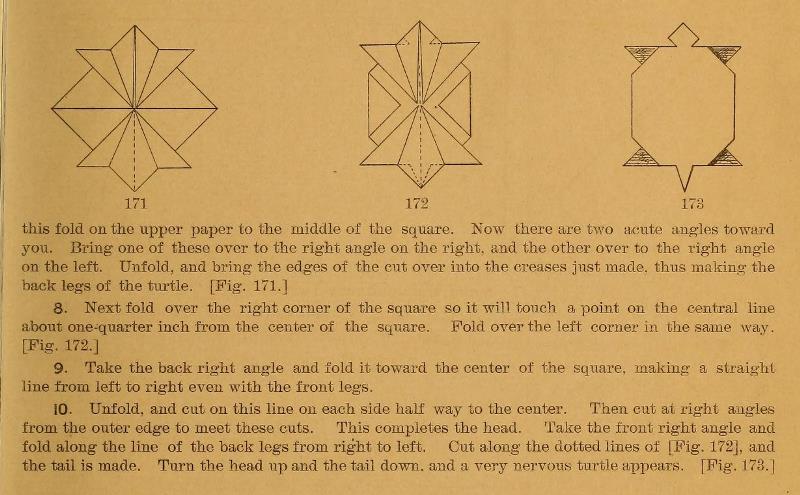| The Public Paperfolding History Project
Last updated 18/12/2023 x |
|||||||
| Old Glory: The Flag of Our Country by Dr Albert Elias Maltby, 1894 | |||||||
| 'Old
Glory: The Flag of Our Country: A Study in History and a
Lesson in Paperfolding: Also Some Easy Lessons in Cutting
and Folding' by Dr Albert Elias Maltby was published in
Slippery Rock, Pennsylvania in 1894. It contains
information on Froebelian Forms of Beauty and various cut
and fold designs. I am grateful to Edwin Corrie for
drawing this book to my attention. The book contains a brief history of the American flag, a version of the Betsy Ross story and diagrams for the Fold and One Cut Pentagram. There is a separate section on other fold and cut designs and, right at the end, diagrams for a Japanese Turtle. This design does not belong with the rest of the book and appears to have been added simply to fill unused space. A full copy of the work can be accessed here. An expanded second edition of the work was issued in 1897. ********** This extract from the author's Preface states that 'a few simple examples of Froebel's forms of life have been added for the teacher's use.' These turn out to be fold and cut designs representing army corps badges.
********** The frontispeice to the book is a photo of an Stars and Stripes flap made by combining One Cut Pentagrams and some of the Folds of Beauty explained in the book. There is a full explanation of how this flag is made in the 1897 edition of the book.
**********
********** Analysis The Five Pointed Star - The Fold and One Cut Pentagram The book contains a version of the Betsy Ross story and diagrams for making the design.
********** Forms of Beauty from the Square - Folds of Beauty First Series - From the Double Blintz Basic Form, which the author refers to as a form of life called the handkerchief box, or 'Froebel's Square', taken from 'Lesson VI of Primary Lessons' It is possible that this is a reference to material in the author's book 'Paper Folding/ Forms of Life, Beauty, and Knowledge' which was also published in 1894 (but which I have not seen)..
********** Second Series - From the Windmill Base, which the author refers to as 'the tablecloth form as given in the Primary Lessons' and instructs 'make from this the six-sided form shown in Fig. 27 of the same lessons' ie probably the Cigar case form.
********** Cut Designs developed from Fold and One Cut Polygons I have only analysed the regular fold and one cut polygons here. For the decorative variants see the original text. Note that all the methods use exact location points. ********** The Fold and One Cut Equilateral Triangle
********** The Fold and One Cut Regular Pentagon
********** The Fold and One Cut Regular Hexagon Method 1
********** Method 2 I am not sure wehat the advantage of this method is over the first.
********** The Fold and One Cut Regular Heptagon
********** The Fold and One Cut Regular Octagon
********** The Fold and One Cut Regular Nonagon
********** The Fold and One Cut Regular Decagon
********** The Japanese Turtle - The Cut Turtle
********** |
|||||||

